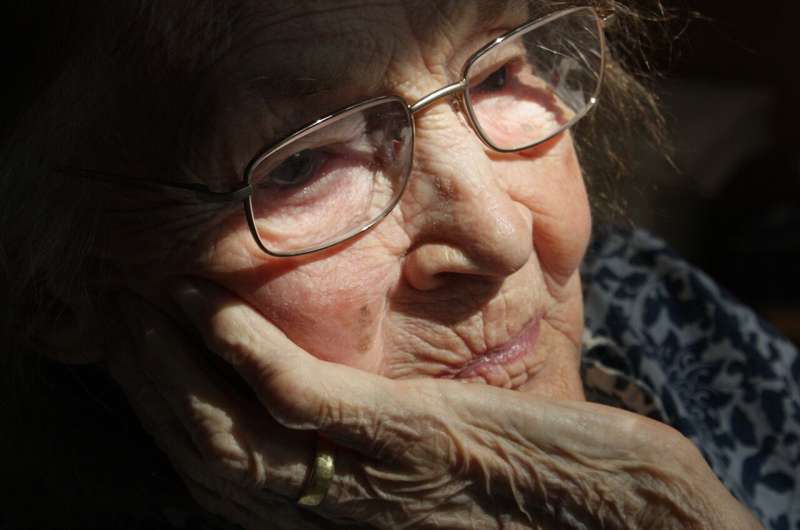Light Therapy Shows Promise in Reducing Heart Damage After Non-Cardiac Surgery

Intense light therapy may protect the heart from injury after non-cardiac surgery by activating protective proteins and improving vascular health, offering a promising new approach to reduce postoperative cardiac complications.
Recent research indicates that intense light therapy administered after non-cardiac surgical procedures can significantly protect the heart from injury. A study conducted by CU Anschutz Medical Campus found that patients receiving 30 minutes of bright light at sunrise over five days experienced an increase in the protective protein PER2 and elevated levels of ANGPTL4, both of which bolster vascular health. Concurrently, these patients exhibited lower levels of troponin, a biomarker associated with heart damage and increased mortality risk. The findings suggest that bright light enhances circadian rhythms, which in turn reinforce cardiac resilience, especially in patients over 45 who are at higher risk for myocardial injury post-surgery. In animal models, bright light exposure not only strengthened the endothelium but also activated pathways involving PER2 and ANGPTL4. Notably, the therapy's benefits were observed even when PER2 was absent, hinting at alternative protective mechanisms like ANGPTL4 administration. The research reinforces the potential of light therapy as a novel, non-invasive approach to prevent myocardial injuries, which currently lack specific treatments and are linked to about 20% of complications after surgery. Preliminary trials in humans mirror the positive results seen in animals, with the hope that further clinical studies will cement intense light therapy as a standard protective strategy in surgical care.
Stay Updated with Mia's Feed
Get the latest health & wellness insights delivered straight to your inbox.
Related Articles
Reevaluating Dementia Diagnosis: The Crucial Role of Sensory and Perceptual Changes
Emerging research emphasizes the critical role of sensory and perceptual changes in early dementia detection, advocating for a broader diagnostic approach beyond memory tests to improve patient care and outcomes.
New Biomarker Could Optimize KRAS Inhibitor Use in Lung Cancer Treatment
A new biomarker called TTF-1 has been identified to predict patient response to KRAS inhibitors in lung cancer, enabling personalized treatment strategies and improving outcomes for advanced NSCLC with KRAS G12C mutations.
Innovative Breath Analysis Improves Anesthesia Dosing in Pediatric Surgery
A pilot study shows that exhaled breath analysis can improve the precision of anesthesia dosing in children, enabling safer surgeries through real-time monitoring of drug levels and stress responses.
New Polymer-Based Artificial Heart Valve Demonstrates Long-Term Safety in Animal Studies
Researchers have demonstrated the long-term safety of a new polymer-based artificial heart valve in animal tests, paving the way for future human trials and potentially revolutionizing heart valve replacement options.



